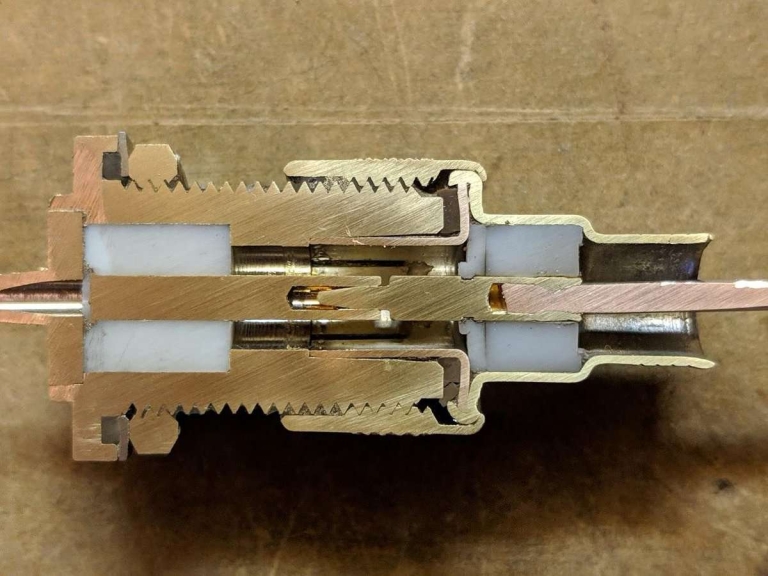Metallographic Analytics
- News

With the advancement of technology, connectors and cables are being used more and more widely in various fields, such as semiconductors, automotive and military.
In order to ensure the performance and reliability of these key components, the importance of metallographic analysis has become increasingly prominent.
It can explain the quality and success of the processing process in detail. It is not only a key step to ensure product quality, but also an important basis for guiding future material selection and processing technology.
The value of metallographic analysis lies in the in-depth understanding of the material’s microstructure, which is critical to improving the performance of connectors and cables.
By assessing pellet shape, size and internal defects, customers are able to detect potential problems early and avoid unnecessary losses during production.
-
- Structural Assessment:
Determine the particle structure and crystal phase of a material to understand its physical and chemical properties and identify potential quality issues.
-
- Defect Detection:
Identify defects such as cracks, pores, inclusions, etc. in materials that can affect their performance.
-
- Performance prediction:
Predict the material’s strength, toughness, corrosion resistance and other properties in practical applications based on microstructural characteristics.
-
- Guided processing:
Adjust processing technology based on analysis results to achieve optimal material properties.
Commonly used analytical techniques include optical microscopy, scanning electron microscopy (SEM), X-ray diffraction (XRD), etc.
-
- Optical microscope:
Suitable for preliminary inspection of particle structure
-
- Scanning electron microscope (SEM):
Provides higher resolution and can observe tiny defects of materials in detail
-
- X-ray diffraction (XRD):
Diffraction can be used to analyze the crystal structure of materials and understand phase composition and lattice characteristics.
These technologies each have their own advantages and disadvantages.
Choosing the appropriate technology according to specific needs can obtain more accurate analysis results.
As the market demand for high-performance connectors increases, JetHarness is committed to providing professional metallographic analysis services to customers with special needs to ensure the conductivity and reliability of connectors and prevent failures caused by material defects.
New Visitor
Manufacturing Production
Safety Instructions
About Us
Terms of Service
© 2022 Jet Harness
Design by NSS Group